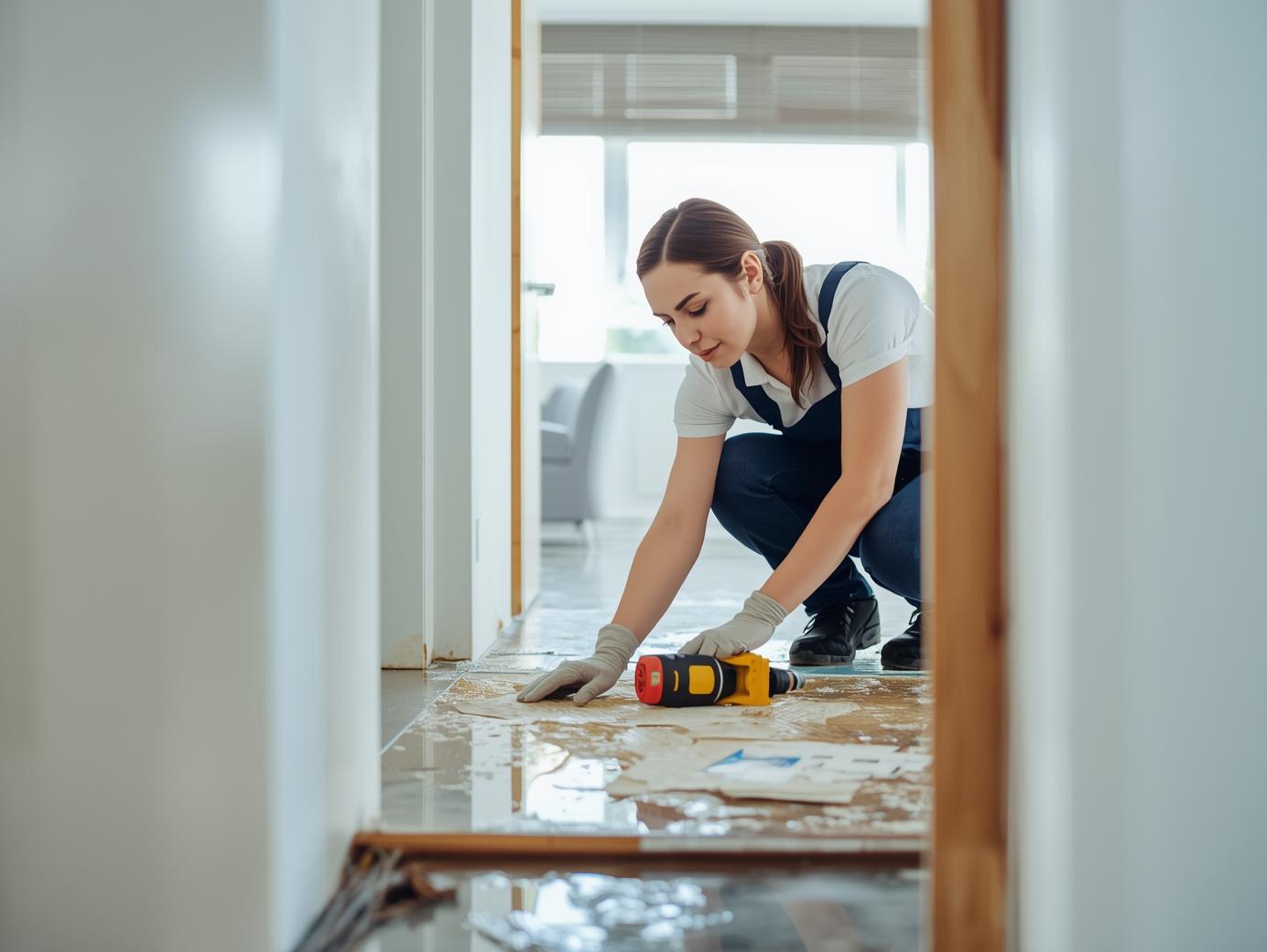
Preventing Mold Growth After Water Damage: Essential Strategies
- 29 Sep, 2025
Mold growth is one of the most serious secondary effects of water damage, posing significant health risks and causing extensive property damage. Understanding how to prevent mold growth after water damage is crucial for property owners, as mold can begin developing within 24-48 hours of water exposure. This comprehensive guide explores the essential strategies for preventing mold growth and ensuring successful water damage restoration.
Mold spores are present everywhere in the environment, but they require specific conditions to grow and multiply. These conditions include moisture, organic material, suitable temperature, and oxygen. When water damage occurs, it creates the perfect environment for mold growth, especially in areas with poor ventilation or hidden moisture. Professional water damage restoration companies understand these conditions and implement strategies to eliminate them quickly.
Time is the most critical factor in preventing mold growth. The first 24-48 hours after water damage are crucial for preventing mold development. During this window, rapid water extraction and drying can prevent mold spores from finding the moisture they need to grow. This is why immediate response from professional restoration services is so important for successful outcomes.
Proper ventilation is essential for preventing mold growth during and after water damage restoration. Stagnant air allows moisture to accumulate and creates ideal conditions for mold development. Professional restoration teams use air movers and dehumidifiers to maintain constant air circulation and remove excess moisture from the environment. They also ensure that affected areas have adequate ventilation throughout the restoration process.
Temperature control plays a significant role in mold prevention. Most mold species thrive in temperatures between 20-30 degrees Celsius, which are common in indoor environments. Professional restoration companies may adjust temperatures slightly to create less favorable conditions for mold growth while maintaining comfortable conditions for workers and occupants.
Flood damage repair requires special attention to mold prevention due to the potential for contaminated water and extended exposure times. Flood waters often contain organic matter that provides food for mold spores, making mold prevention even more critical. Professional restoration teams use antimicrobial treatments and specialized cleaning agents to eliminate potential mold food sources and create inhospitable conditions for mold growth.
Emergency flood experts understand that different materials require different approaches to mold prevention. Porous materials like drywall, carpet, and insulation may need to be removed if they cannot be dried quickly enough. Non-porous materials can often be cleaned and disinfected, but they must be completely dry before any reconstruction begins. Professional assessment helps determine which materials can be salvaged and which must be replaced.
Professional water damage repair includes comprehensive moisture monitoring to ensure that all areas reach appropriate dryness levels. This involves using moisture meters to check building materials and hygrometers to monitor air humidity. Restoration professionals continue monitoring until all materials reach their equilibrium moisture content, which is typically below 15% for most building materials.
When searching for the best water damage restoration companies near me, look for companies that have specific mold prevention protocols and use EPA-approved antimicrobial treatments. They should also have experience with mold remediation and be able to provide references from previous clients who have successfully avoided mold problems after water damage.
Flood restoration services must include thorough cleaning and disinfection of all affected areas. This includes removing any contaminated materials, cleaning all surfaces with appropriate disinfectants, and ensuring that all areas are completely dry before reconstruction begins. Professional companies use specialized equipment and techniques to achieve the thorough cleaning necessary for mold prevention.
Regular monitoring after restoration is complete helps ensure that mold doesn't develop later. Professional restoration companies often provide follow-up services to monitor moisture levels and check for any signs of mold growth. This ongoing monitoring is particularly important in areas that were heavily damaged or in properties with previous mold issues.
Property owners can also take steps to prevent future mold problems by maintaining proper humidity levels, ensuring adequate ventilation, and addressing any water leaks or moisture issues promptly. Regular inspection of plumbing systems, roofs, and foundations can help identify potential problems before they lead to water damage and mold growth.
Understanding mold prevention strategies helps property owners work effectively with restoration professionals and make informed decisions about their property. It also emphasizes the importance of professional restoration services, which have the knowledge, equipment, and experience necessary to prevent mold growth and ensure successful recovery from water damage.
